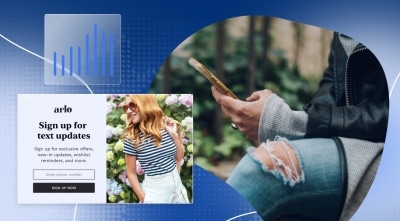Mobile
How Personalization Elevates the Nike App (All Six of Them)
November 14, 2019
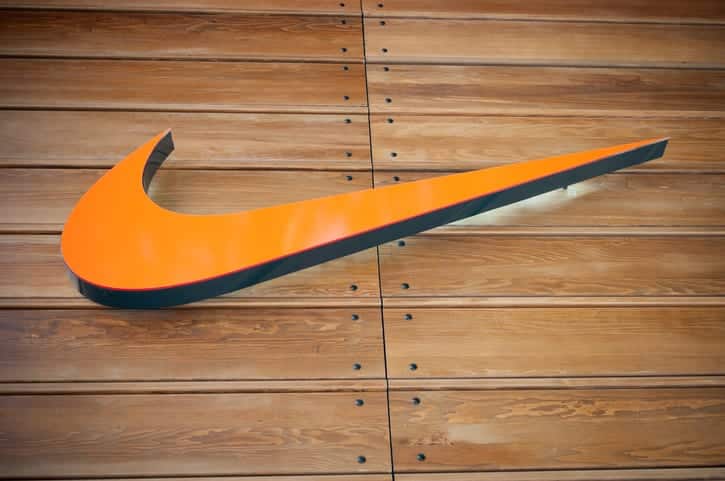
If you do guided runs on the Nike Run Club app, Coach Bennett will give you words of encouragement throughout the workout. Not an artificially intelligent assistant along the lines of Siri and Alexa, Coach Bennett is very much a real person. His name is Chris and he’s the head coach of the Nike+ Run Club in New York. And if you share your run afterwards — synced with social media, the Nike app makes it easy to do so — and thank @coachbennett for motivating you, he’ll direct message you, imploring you to keep up the good work.
As mobile devices increasingly become the centerpiece of the customer journey, the brands that prioritize their app experiences are pulling ahead. For Nike, that means having a whole suite of apps, each with its own unique purpose.
Every year, Marigold Engage by Sailthru embarks on an exhaustive research project in which we evaluate 250 retailers on their personalized marketing capabilities across web, email, mobile and even offline channels. In our most recent Retail Personalization Index, Nike just missed the top 10, though the sportswear giant did earn a perfect score in the mobile category. Here’s why:
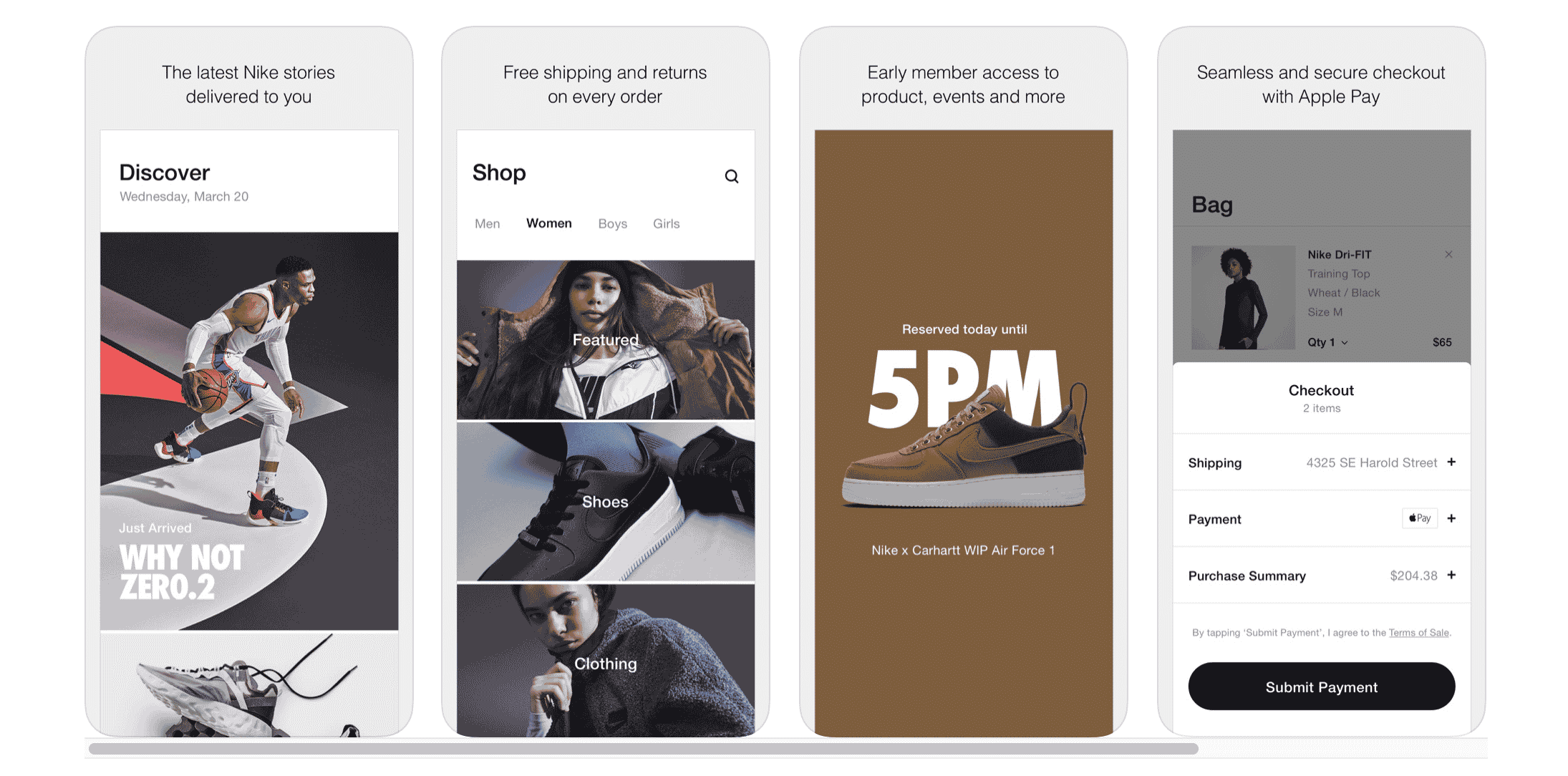
Ecosystem of Apps
Last year, Apptopia found that shopping app downloads grew to 5.7 billion, a 9.3% increase over the previous year. At the same time, 50% of retailers in February Shopgate survey consider shopping apps a top priority. Of course, simply having a shopping app isn’t enough. It also needs a compelling value proposition.
Simply saying “the Nike app” doesn’t paint a complete picture. The sportswear giant has a standard app, centralizing customers’ preferences, carts, orders and loyalty perks in one place. There are also five others, each with its own compelling value proposition:
- Nike Run Club and Nike Training Club log users’ fitness goals and progress.
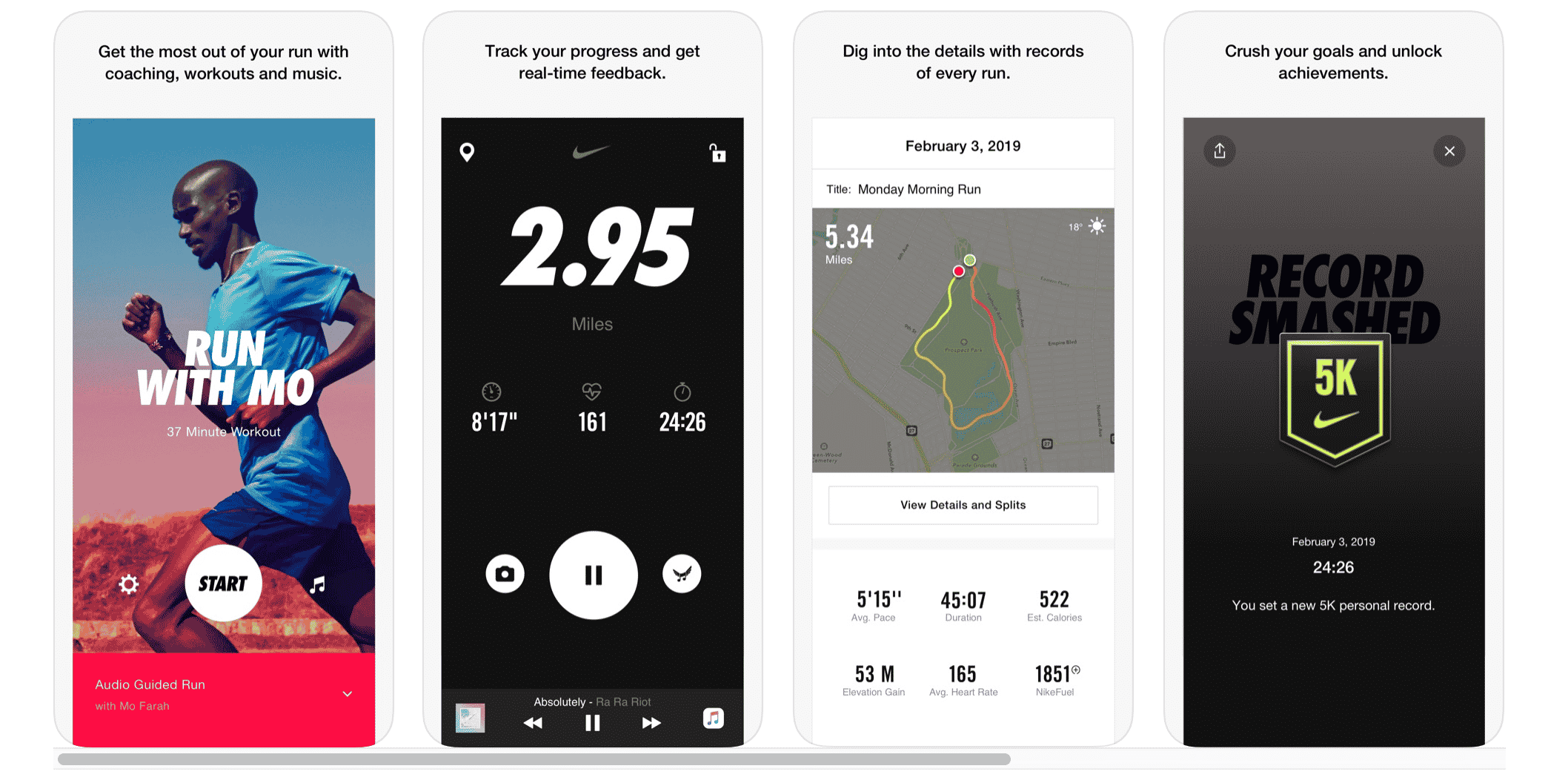
- SNRKS is for sneakerheads, providing insider access to launches and events for those customers whose footwear purchases are less function and more fashion.
- NikeConnect and Nike Adapt accompany smart clothing items. The former uses near-field communication to scan the tag of a jersey, allowing users to unlock exclusive content. The latter controls connected footwear, adjusting its fit or customizing the lights.
A customer could theoretically use all six of these apps, which boast more than 170 million collective users. However, most of them likely don’t. This allows Nike to streamline each app for its intended audience, rather than cram a million different features into a single interface.
The Nike App Connects to Stores…
Customer sentiment played a role in RPI rankings. Surveying 1,500 consumers, we found that omnichannel personalization was one of the biggest indicators of customer satisfaction. Simply put, the stronger the connection between digital and in-store channels, the more likely people are to enjoy their shopping experiences.
The Nike shopping app is designed to enhance the in-store experience. It even contains a QR code customers can use to check in, ensuring personalized service at stores and events. “Personalized service” means any number of things, including opening lockers to pick up online purchases or scanning items customers want to try on. While most brands’ mobile app experience lags behind other channels, this connectivity enables Nike to pull ahead.
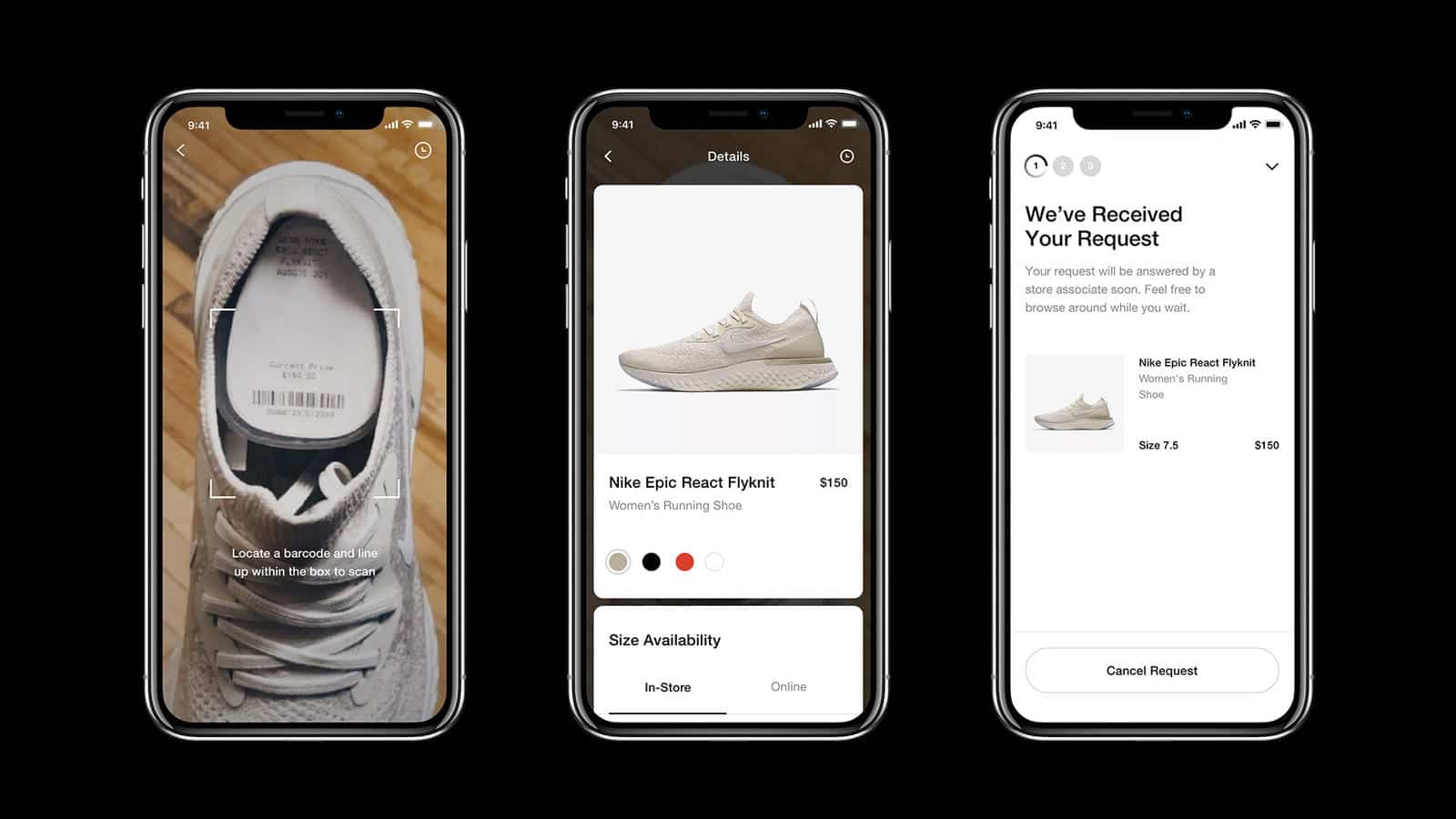
…And It Connects Everywhere Else, Too
When signing up for Nike+, members are given an option to receive recommendations — products, content, local classes and events — based on their personal workout information. That helps Nike connect it main apps to all its other digital channels, including the other apps.
All of the Index’s top performers go below the surface and make recommendations based on customers’ interests and behavior. When people use the fitness apps, they give Nike a rare glimpse of how they use the products. This arms the retailer that much more fuel for personalization. For example, Run Club users receive recommendations in the regular shopping app for winter running gear or shoes “based on how you run.”
Behavior-Based Messages
A strong mobile messaging strategy is a must. However, during RPI research, we realized just how rare that is for retailers. Of the 250 brands we evaluated, just 33% send push notifications and only 12% use them to make personalized recommendations. And even fewer have rich in-app messaging.
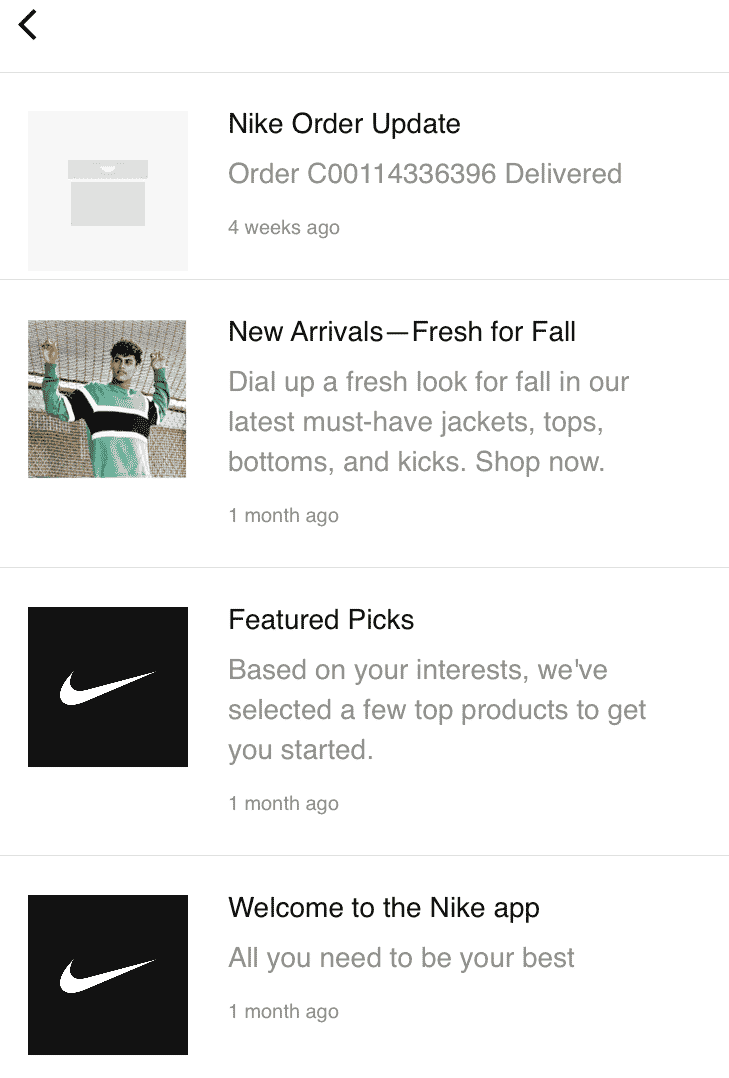
Used well, push notifications and in-app messages can be just as effective as email. What’s more, Nike uses them interchangeably. If you’re a particularly engaged Nike app user, the retailer uses its in-app message center as an extension of its email marketing. Users receive a mix of shopping information, trending items, and personalized content and product recommendations.
The Nike app was one of just three brands to earn a perfect score for mobile personalization. Check out what made Sephora and Ulta stand out.
The State of Brand Loyalty in the U.S. in 2023
Related



